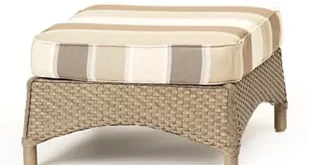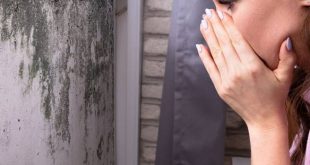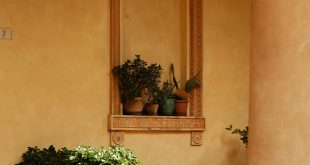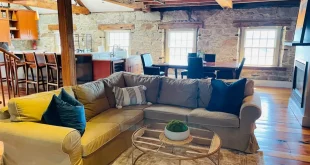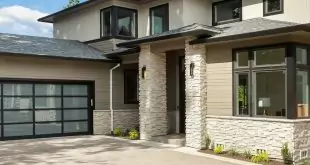Interior office design is in a stage of revolution. There is a huge focus on making workspaces more flexible, creating healthy environments and developing work stations that meet the needs of employees.
Consequently, office managers and interior designers have to consider how to best cater to staff within your budgetary means. What are the key factors of an office do employees want?
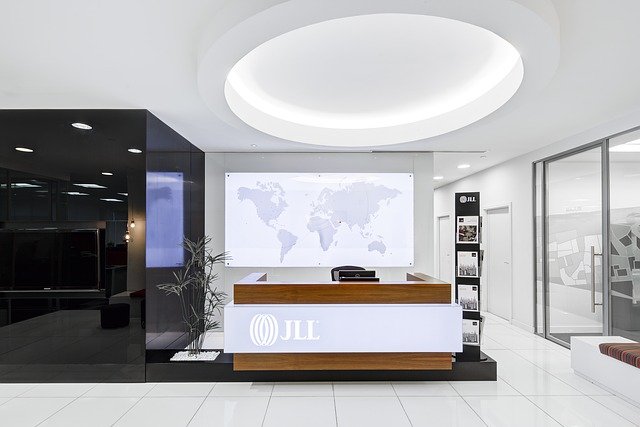
Health and wellbeing benefits
Research has found that sedentary jobs are not good for our health. Sitting for lengthy periods cause aches and pains and increases the risk of office workers developing muscular-skeletal disorders, obesity, diabetes, cancer, heart disease, and more.
As a result, interior designers are looking to make workstations adaptable. There has been an increase in tables that can be converted from a sitting position to a standing position. Alternatively, dedicated work stations are being installed.
Allowing in natural light and improving air quality is also being addressed after studies revealed a lack of natural light and poor air quality was a significant contributing factor to employee absenteeism.
Colors impact mood
Psychologists have known for some time that color is a powerful form of communication which can impact the mood of employees. Colors are known to evoke emotional responses and is a well-developed area of modern psychology.
It’s important to choose the right colors for your office. The colors you use needs to reflect your brand, and also stimulate the right areas of the brain – but without overstimulating the Neo cortex.
For example, bright colors such as orange evoke enthusiasm and attention, but too much can overwhelm the senses. You need to find the right balance. Designers recommend offsetting bright colors with calming, natural colors such as green, brown or violet.
Choose inspiring artwork
Numerous studies have concluded that inspirational artwork is effective for enhancing employee and consumer engagement. Whilst some bosses may think artwork is a distraction, psychologists have found visual stimulation lower stress levels, boosts creativity and increases wellbeing.
Deutsche Bank would agree. The German investment bank is famed for its extensive art collection – some 60,000 pieces in 900 offices across 40 countries. So, no matter where you are in the world, art is proven to increase productivity and efficiency.
Adaptability and functionality
Cloud-based computing and wireless devices make it possible for employees to move around the office. Consequently, modern office designs are dumping dedicated desks and creating adaptable work stations that are suited for the function employees need to use them for.
Modern office designs are highly flexible. Designers are creating spaces that encourage collaboration, quiet niches for when focus is required and spare desk policies that encourage employees to interact with colleagues from different departments.
IoT plays a major role in flexible office designs. For example, Deloitte’s Amsterdam offices, The Edge assigns employees a desk at various times of the day that best fits their schedule.
Engaging Employees
Millennials say their decision to accept a job offer or stay with a firm is influenced by the office environment. Consequently, tech firms, hipster start-ups and Fortune 500 companies are incorporating features into their office design that embrace company culture and enhance employee engagement.
Multi-purpose rooms are a cost-effective solution. Installing a cafe or bar into a lounge space can be used as a chill-out area, meeting space or a caffeine pick-up whilst pawing over a spreadsheet.
Firms with a larger budget are even installing innovative recreational areas such as TV’s, computer games, pool tables, five-a-side football pitches and slides between floors.
Control noise levels
Interior designers say one of the most common complaints from employees is noise. Modern designs aim to reduce the auditory distractions that are prevalent in open-plan offices with a view to increasing productivity.
Computer equipment such as fax machines and photocopiers are position in isolated areas and make the space around workstation less crowded so desks can be spread out.
The needs and demands of today’s workforce has had a major impact in the transformation of office designs in recent years. As a result, firms have to start thinking about how the design of their office can help you retain the best talent and increase the performance of your staff.
 World inside pictures Collect and share the best ideas that make our life easier
World inside pictures Collect and share the best ideas that make our life easier
